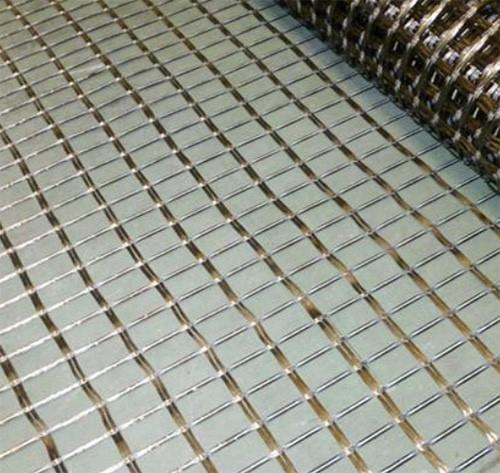What Are Steel Fibers and How Do They Reinforce Concrete?
- pioneerfiber

- Jun 27
- 2 min read
Updated: 5 days ago
Information Tags
• Type: 4-minute read
• Audience: Construction professionals, engineers, architects, contractors

Steel fibers are short, discrete reinforcements added to concrete to improve its toughness, crack resistance, and post-crack strength. But exactly what are steel fibers, and how do they work inside a cement matrix? This article explains the fundamentals for both engineers and beginners.
What Are Steel Fibers in Concrete?
Steel fibers are small pieces of carbon or stainless steel, typically 13–60 mm long, that are added to concrete mixes. They come in various shapes such as hooked-end, crimped, corrugated, or straight.
These fibers bridge cracks and distribute loads more evenly within the concrete, reducing the formation and propagation of shrinkage or thermal cracks.
How Do Steel Fibers Reinforce Concrete?
Unlike traditional rebar, steel fibers are randomly distributed throughout the mix, forming a three-dimensional reinforcement network. When microcracks begin to form, the fibers intercept and control them, improving:
· Flexural strength
· Impact resistance
· Ductility
· Energy absorption
This makes the concrete more durable under stress, temperature changes, and dynamic loads.

Applications That Use Steel Fiber Reinforced Concrete (SFRC)
· Industrial and warehouse floors
· Tunnel linings and shotcrete
· Precast elements like pipes and panels
· UHPC components such as bridges and facades
· Repair mortars and overlays
In each of these, the role of steel fibers is to enhance crack control and reduce traditional reinforcement needs.
Types of Steel Fibers
Common shapes and coatings include:
· Hooked-end: Excellent anchorage
· Crimped: Good dispersion and bonding
· Corrugated: High mechanical interlock
· Micro/copper-coated: For UHPC and anti-corrosion use
Each type is chosen based on workability, application, and required performance.
5. Summary: What Are Steel Fibers Good For?
They are ideal for improving:
· Early-age cracking resistance
· Load transfer capacity
· Long-term durability
PIONEER® offers a full range of steel fibers tested and certified under ASTM A820, ASTM C1116, and international standards.
Explore PIONEER’s range of concrete reinforcement fibers and how they improve concrete properties. Visit our website: www.pioneerfibre.com
Micro fiber >> Learn More
Macro fiber >> Learn More
Steel fiber >> Learn More
Asphalt fiber >> Learn More
Contact us today to request samples, technical data, or a custom solution for your project.
Email: Sales@pioneerfibre.com | Email: Support@pioneerfibre.com
WhatsApp: +1 (929) 569-9989 | +86 151-6240-5106





Comments